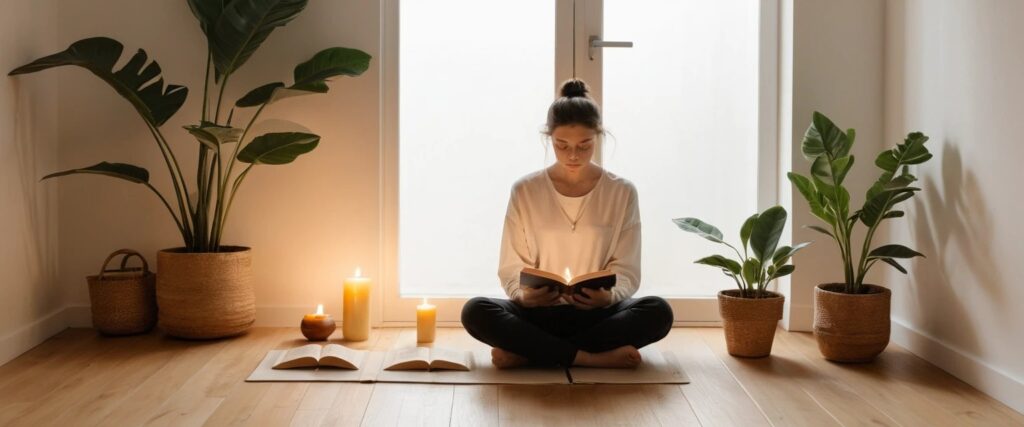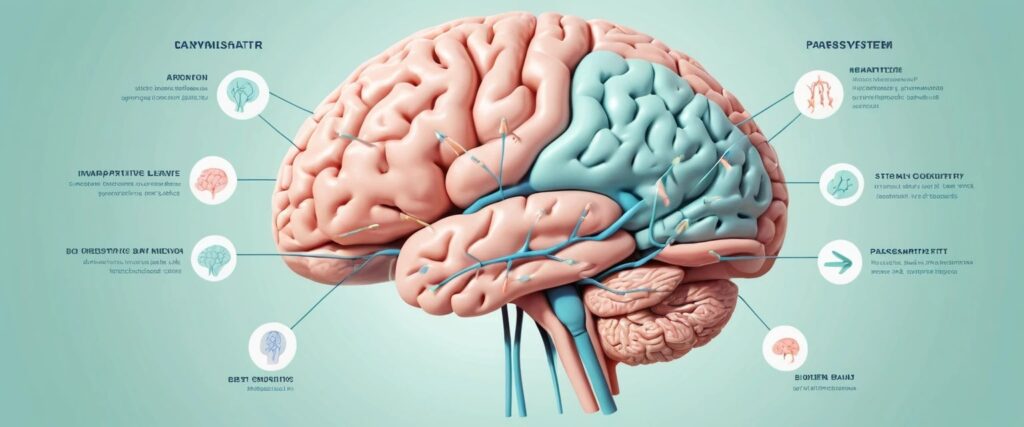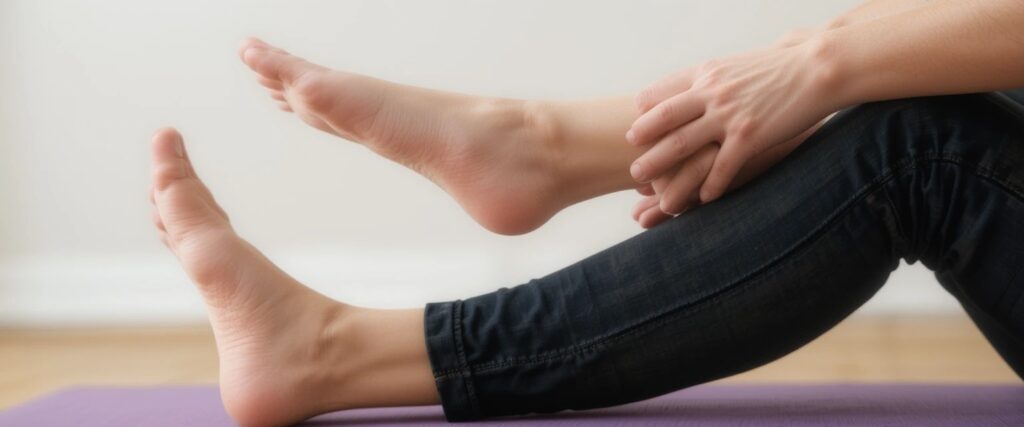Introduction
Anxiety can feel like a storm raging in your mind, leaving you overwhelmed and disconnected from the present moment. In those moments, grounding techniques like the 3-3-3 rule for anxiety act as an anchor, pulling you back to reality. This article dives deep into what the 3-3-3 rule is, how it works, and why it’s become a go-to tool for managing anxiety. Whether you’re new to coping strategies or looking to expand your toolkit, this guide offers actionable insights, science-backed explanations, and relatable advice to help you navigate anxious moments with confidence.
Table of Contents
What is the 3-3-3 Rule for Anxiety?

The 3-3-3 rule is a grounding exercise designed to interrupt spiraling anxious thoughts by redirecting your focus to your immediate environment. It’s simple:
- Name 3 things you see.
- Identify 3 sounds you hear.
- Move 3 parts of your body.
This technique leverages your senses to shift attention away from worry and into the present moment. Unlike complex therapies, it requires no preparation, making it accessible for anyone, anywhere—whether you’re stuck in traffic, at work, or lying awake at night.
Read Also About: 10 Anxiety Hacks You’ve Never Tried (But Actually Work)
How the 3-3-3 Rule Works: The Science Behind Grounding

Anxiety often triggers the body’s “fight-or-flight” response, flooding your system with stress hormones like cortisol. Grounding techniques like the 3-3-3 rule activate the parasympathetic nervous system, which counteracts this stress response by:
- Slowing your heart rate.
- Reducing muscle tension.
- Calming racing thoughts.
By engaging your senses (sight, sound, touch), the 3-3-3 rule forces your brain to focus on tangible, non-threatening stimuli. This creates a “mental pause button,” giving you time to regain emotional balance.
Read More: How to Stop a Panic Attack Fast (And Prevent Future Ones)
When to Use the 3-3-3 Rule
This technique is most effective during acute anxiety episodes, such as:
- Panic attacks.
- Overwhelm before a presentation or social event.
- Intrusive thoughts or rumination.
It’s not a replacement for professional treatment but works well as a first-aid strategy to manage symptoms in the moment.
Step-by-Step Guide to Practicing the 3-3-3 Rule
1. Name 3 Things You See

Look around and silently or verbally identify three objects. For example:
- A blue coffee mug.
- A bookshelf with red bindings.
- Sunlight filtering through curtains.
Why it helps: Visual focus distracts the mind from internal chaos.
2. Identify 3 Sounds You Hear

Tune into ambient noises. Examples:
- Birds chirping outside.
- The hum of an air conditioner.
- Your own breath.
Why it helps: Auditory engagement reinforces your connection to the present.
3. Move 3 Parts of Your Body

Gently move three body parts. Suggestions:
- Wiggle your toes.
- Roll your shoulders.
- Stretch your fingers.
Why it helps: Physical movement releases tension and signals safety to the brain.
Why the 3-3-3 Rule is Effective for Anxiety
- Portability: Use it anywhere, anytime—no tools needed.
- Simplicity: Easy to remember even when stressed.
- Versatility: Adaptable to different environments (e.g., substituting “sounds” for “textures” if you’re in a quiet space).
Combining the 3-3-3 Rule with Other Techniques
For long-term anxiety management, pair this rule with:
- Deep Breathing: Inhale for 4 counts, hold for 4, exhale for 6.
- Mindfulness Meditation: Apps like Headspace or Calm offer guided sessions.
- Professional Support: Therapies like CBT (Cognitive Behavioral Therapy) address root causes.
FAQs: Your Questions About the 3-3-3 Rule, Answered
1. How long does the 3-3-3 rule take to work?
Most people feel calmer within 1-2 minutes, but consistency matters. Practice it daily to build resilience.
2. Can children use the 3-3-3 rule?
Yes! Simplify the language (e.g., “Find three colors around you”) to make it kid-friendly.
3. Is the 3-3-3 rule backed by science?
While not studied in isolation, grounding techniques are supported by research on sensory-focused interventions for anxiety (source: APA).
4. What if I can’t focus enough to complete the steps?
Start smaller: Identify just one thing you see, hear, and feel. Gradually work up to three as you practice.
5. Are there alternatives to the 3-3-3 rule?
Try the 5-4-3-2-1 technique (5 things you see, 4 you feel, 3 you hear, 2 you smell, 1 you taste) for deeper grounding.
When to Seek Professional Help
While the 3-3-3 rule is helpful, it’s not a cure for chronic anxiety disorders. Consider reaching out to a therapist if:
- Anxiety interferes with daily tasks.
- You experience panic attacks frequently.
- Self-help tools aren’t enough.
Resources:
- National Alliance on Mental Illness (NAMI) Helpline: 1-800-950-NAMI
- Crisis Text Line: Text “HOME” to 741741
Conclusion
The 3-3-3 rule for anxiety is more than a coping trick—it’s a lifeline to the present moment when fear tries to pull you under. By anchoring your senses, you reclaim control over your thoughts and body. Remember, managing anxiety is a journey, not a destination. Pair this technique with self-compassion, professional guidance, and patience, and you’ll build a toolkit to face life’s storms with resilience.

Pingback: Gut and Anxiety:3 Proven Ways to Reset Your Second Brain for Calm | Anxieto
Pingback: 5 Breathing Exercises to Calm Anxiety in 5 Minutes (Backed by Science) | Anxieto
Pingback: 7 Anxiety Myths Everyone Believes (But Are Totally Wrong) | Anxieto
Pingback: Can Social Anxiety Be Cured Without Medication? |6 Tips Anxieto
Pingback: Can Anxiety Cause High Blood Pressure? Science-Backed Risks & Fixes | Anxieto